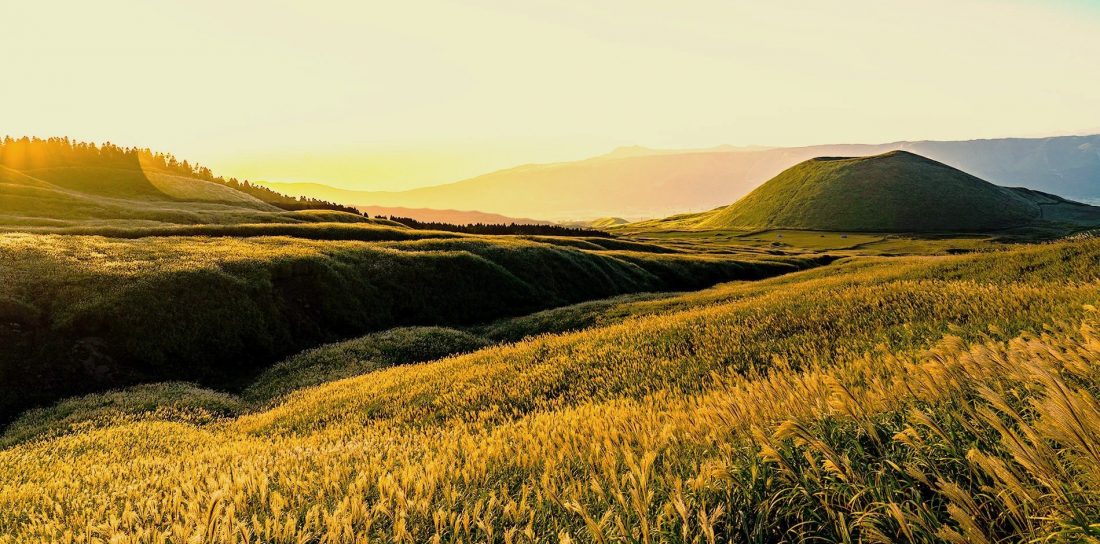
SPONSORED CONTENT
Why Japan is a nature-hunter’s dream destination
Words: Lucy Dayman
Photography (except banner): Courtesy of Oita Asahi Broadcasting
Banner image is of Kusa-Senrigahama in Kyushu
While when most folks think of travelling to Japan, the main images that come to mind are the traditional tea houses of Kyoto and the slick, cloud-ticking skyscrapers of Tokyo, there’s so much more to be seen beyond the city limits.
One traveller’s secret many may not know about this enigmatic but undoubtedly unique country is the sheer abundance of spectacular, untouched nature. The country boasts 34 pristine national parks, with many more Quasi-national parks and bio reserves to add to the list. Japan’s shape, too, lends itself to some pretty diverse views, from the rugged, snow-capped volcanoes up north to the tropical islands of Okinawa. Exploring Japan outdoors is as unique as you want to make it.
To give you a brief overview and get you inspired, here are just three destinations – we bet you didn’t know about – worth exploring when planning your next Japan adventure.
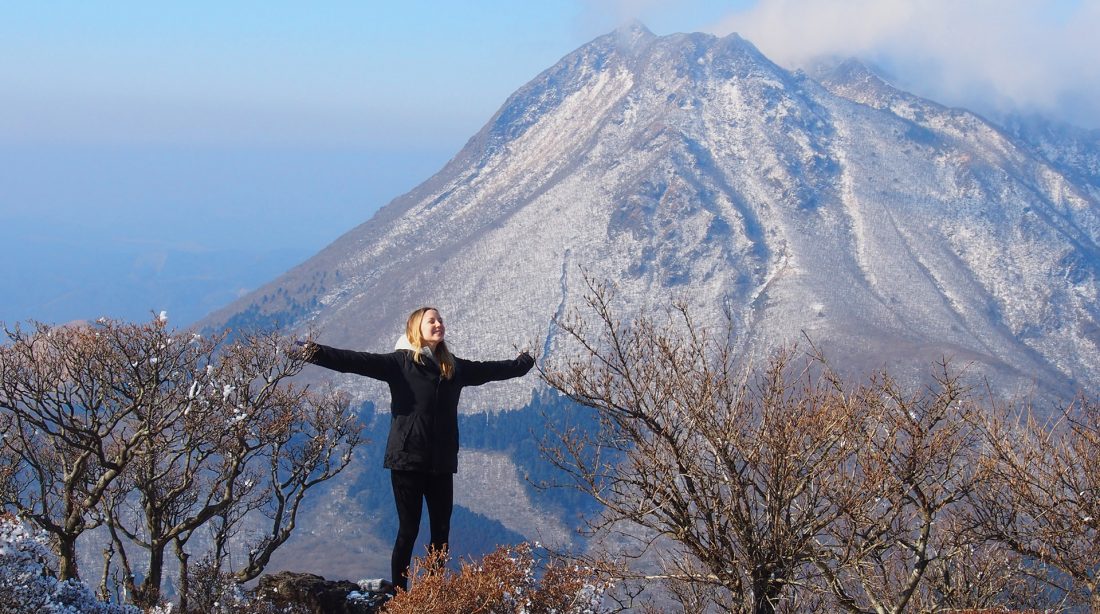
Aso-Kuju National Park
Nestled deep in Kyushu’s volcanic region, sprawling across Kumamoto and Oita prefectures, Aso-Kuju National Park is one of the country’s most geographically fascinating and visually awe-inspiring national parks. The centrepiece of the park is Mt. Aso. A still very much active volcano lets its presence known with a near-constant stream of sulphur-rich smoke that billows from its 18 by a 25-kilometre large caldera. According to ancient history, Mt. Aso’s caldera was so large that people literally lived inside of it.
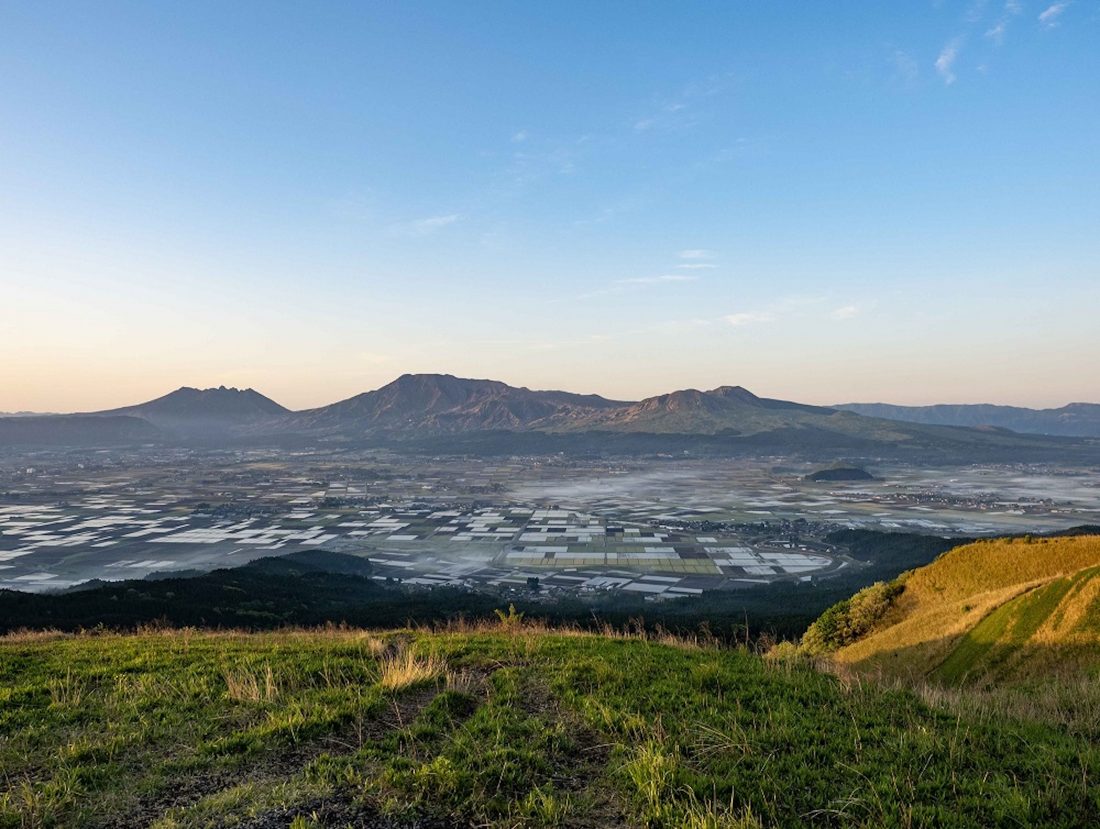
The existence of Mt. Aso is present in almost every facet of the park’s make-up, from the mineral-rich soils that make up the Bogatsuru Wetland to the steaming sulphuric waters that are pumped up through Hokkein Onsen Sanso.
Just northeast of Mt. Aso is the spectacular Kuju Mountain range and Bogatsuru Wetland, the epitome of the region’s natural diversity. Here you’ll see a family of deep green peaks punctuated by rugged, rocky faces. To better understand the park and what it has to offer for outdoor enthusiasts and those wanting to explore a different, more untouched side of Japan, this is an ideal place to start.
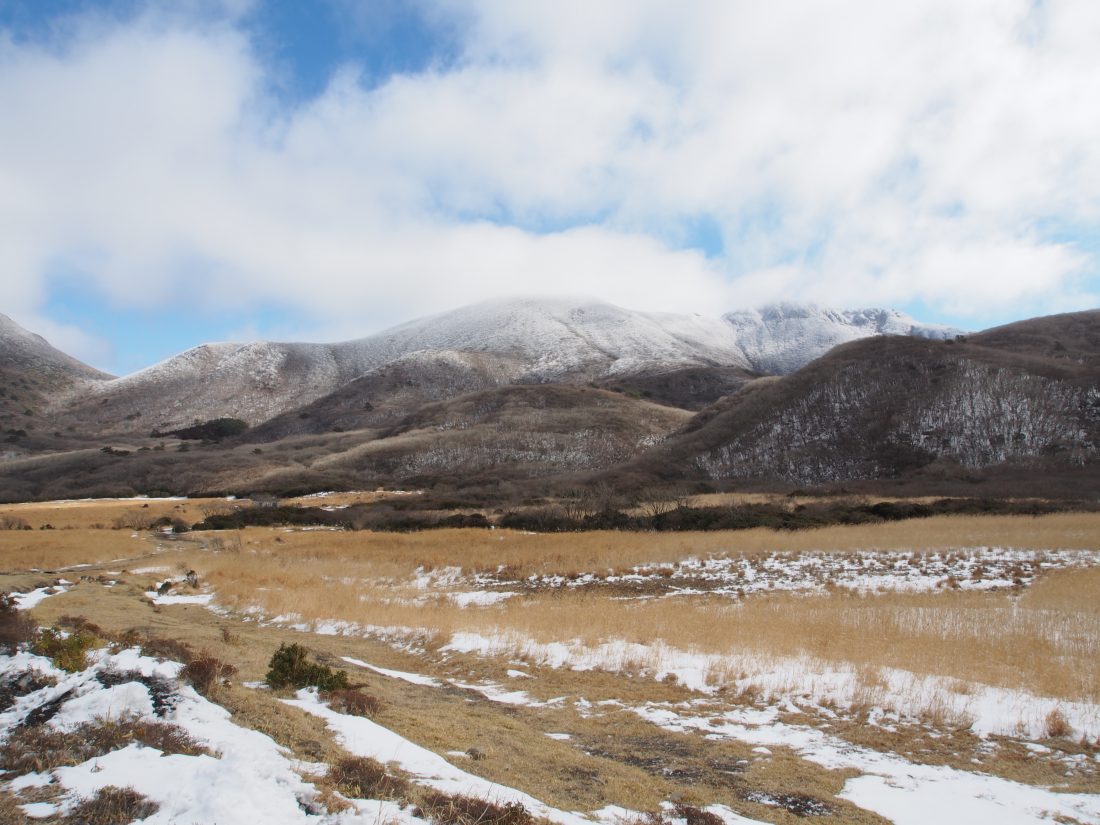
The wetland sits at an altitude of 1,200 meters, making it an ideal destination for ambitious climbers and a landscape populated by flora so rare that in 2005, the area was registered as the Ramsar Convention Wetland of International Importance. Try the Bogatsuru Wetland to Chojabaru Loop, a 10.5-kilometre loop trail popular for hiking, walking, and camping to get a good view of the area. For more info on this loop, visit this link.
To explore the area in depth, it’s worth basing yourself within the national park grounds, and one of the most accessible places to stay is Hokkein Onsen Sanso. Situated close to the Bogatsuru Wetlands, Hokkein Onsen Sanso is a mountain hut-minshuku (guest house/ hostel) style accommodation with a temple history. Sitting at 1,300 meters altitude, it’s also home to the highest altitude onsen in Kyushu. The facility offers private and dorm-style rooms and is staffed by locals who know the area intimately, making them an invaluable source of information and insight on Aso-Kuju National Park and beyond.
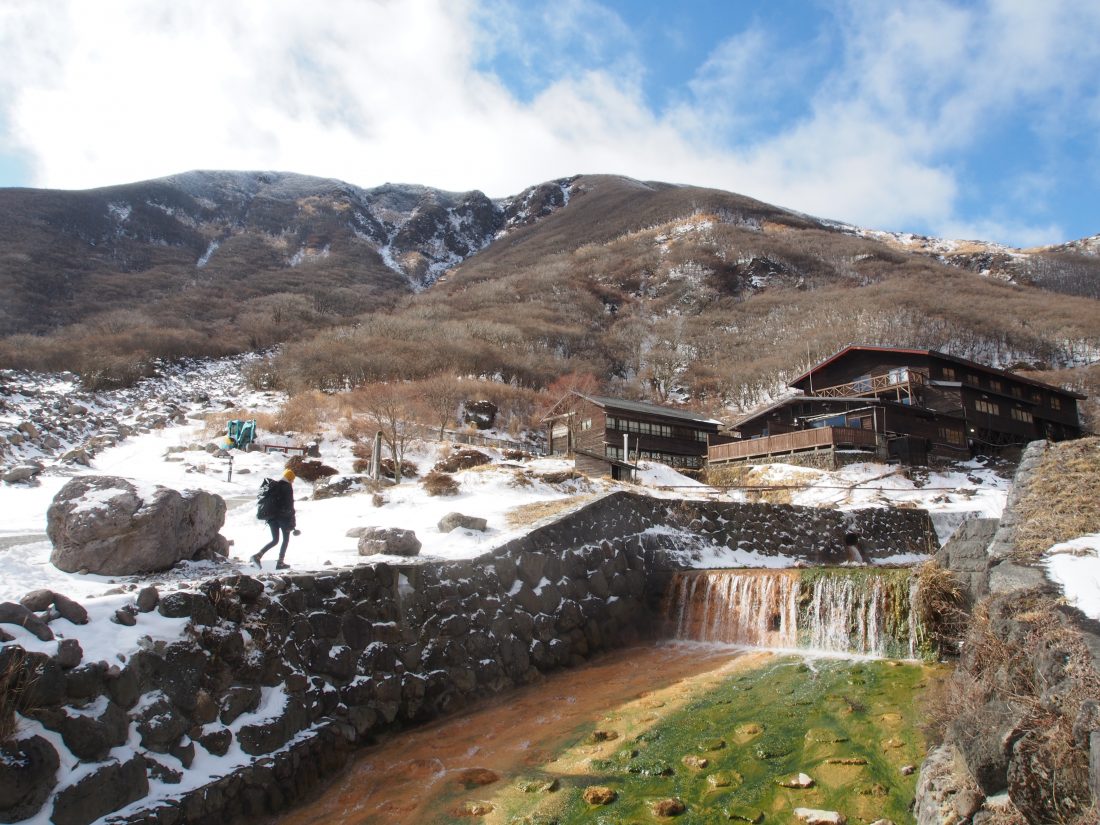
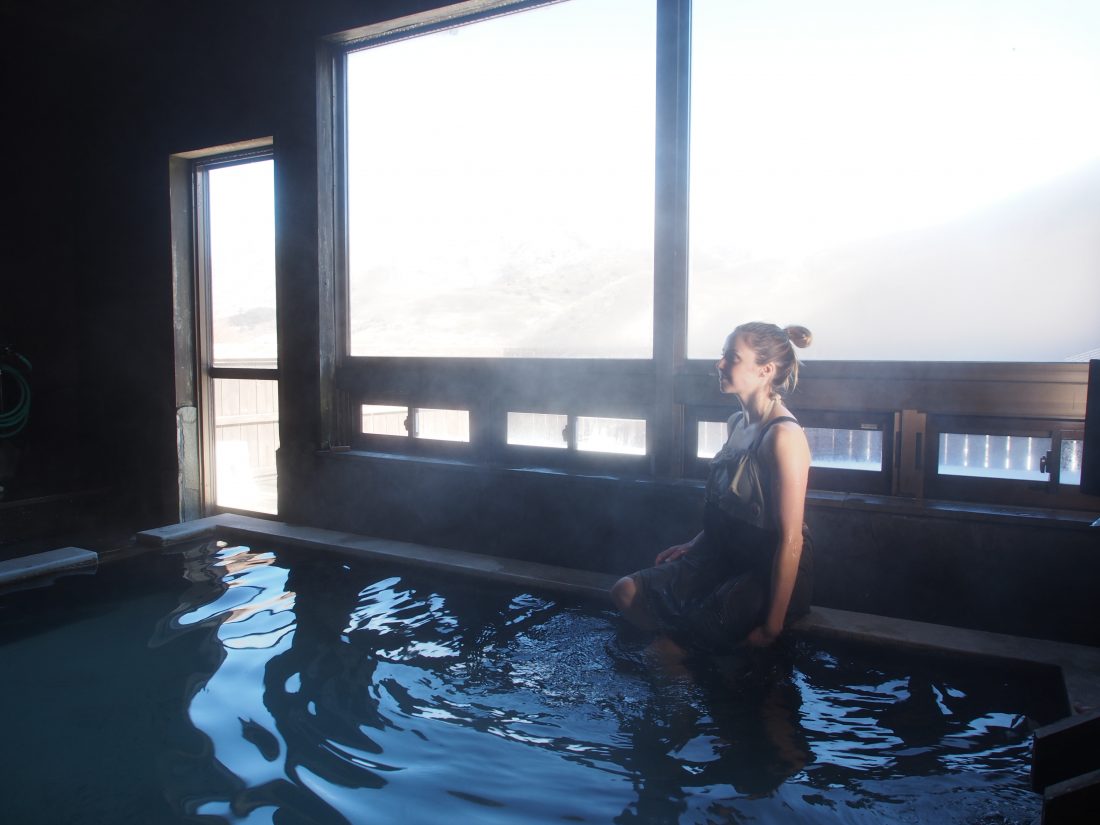
Setonaikai National Park
Home to art islands, long scenic cycling trails, sweeping ocean views, and unique harmony of tradition and youthful entrepreneurship, Setonaikai National Park embodies the best Japan offers in terms of nature and culture.
Setonaikai National Park is also home to one of Japan’s best cycling routes, the Shimanami Kaido, a 60-kilometre long toll road that connects mainland Japan to the island of Shikoku crossing six islands that dot the Seto Inland Sea. The Shimanami Kaido is a relatively flat cycling route with plenty of restaurants, accommodations and other stop-off options along the way. It’s an accessible route for cyclists of all levels and a spectacular way to see the still relatively unexplored – by international travellers – coastal side of Japan.
If you want to take a deep dive into the real, untouched corners of this fascinating region, the Kunisaki Peninsula in northern Oita prefecture is worth adding to your itinerary. Facing out to the Seto Inland Sea, the peninsula is home to the sacred and enigmatic Rokugo Manzan. Home to an influential form of mountain religion considered to be the origin of the Shinto-Buddhist merge, Rokugo Manzan is 1,300 years old, but its presence is still deeply felt in the region thanks in large part to the shrines and temples that dot the peninsula, idyllically showcasing the Shinto blend of nature and religion.
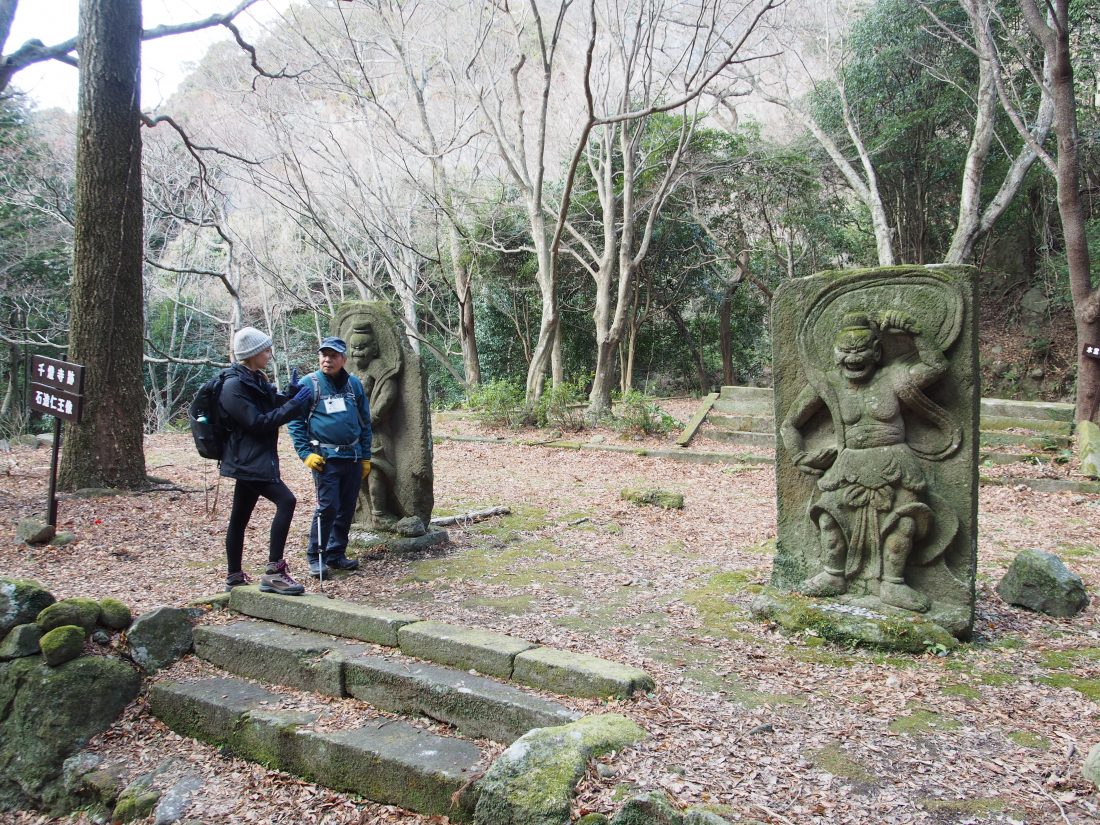
To better understand the region’s landscape and how it has continued to influence the region’s culture and wider Japan, take a journey along the Kunisakihantou Minemichi Long Trail. While these days it’s also a scenic hiking course, the Kunisakihantou Minemichi Long Trail is a sacred site, home to ascetic training (spiritual enlightenment through mountain training). Along the trail, you’ll find remnants of the area’s spiritual legacy, including Kyu-sentoji Temple and the tomb of Ninmon Bosatsu – the founder of Rokugo Mansan.
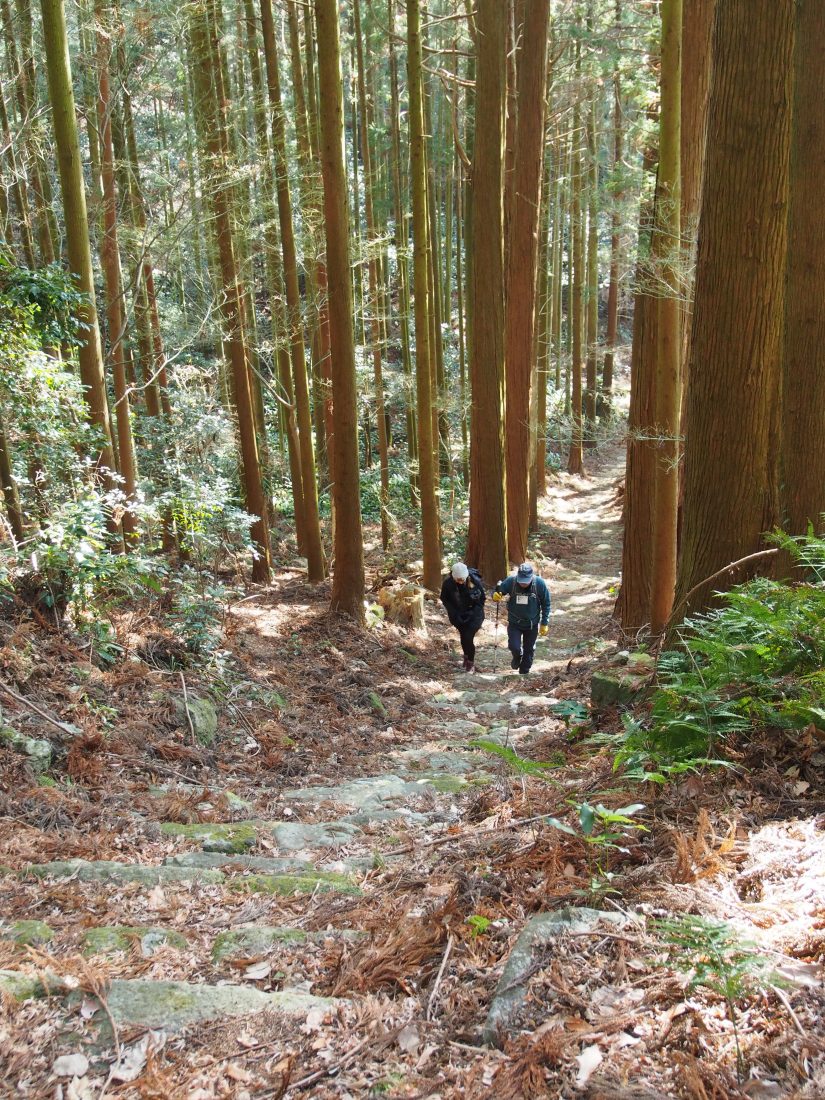
A walk from the ruins of Sentoji Temple sits another sacred and somewhat secretive site – one be reserved for the most adventurous as you’ll find very little information about it online in English or Japanese – Itsutsuji Fudoson. Built on a rock surface at an altitude of 365 meters, Itsutsuji Fudoson is a sacred building from which you can see as far as Yamaguchi prefecture on a good day. The site is also home to a goma fire ritual held at Itsutsji Fudoson Spring Festival on the second Sunday of March every year. English guides can be arranged via the Toyonokuni Millenium Heritage Tourism Zone.
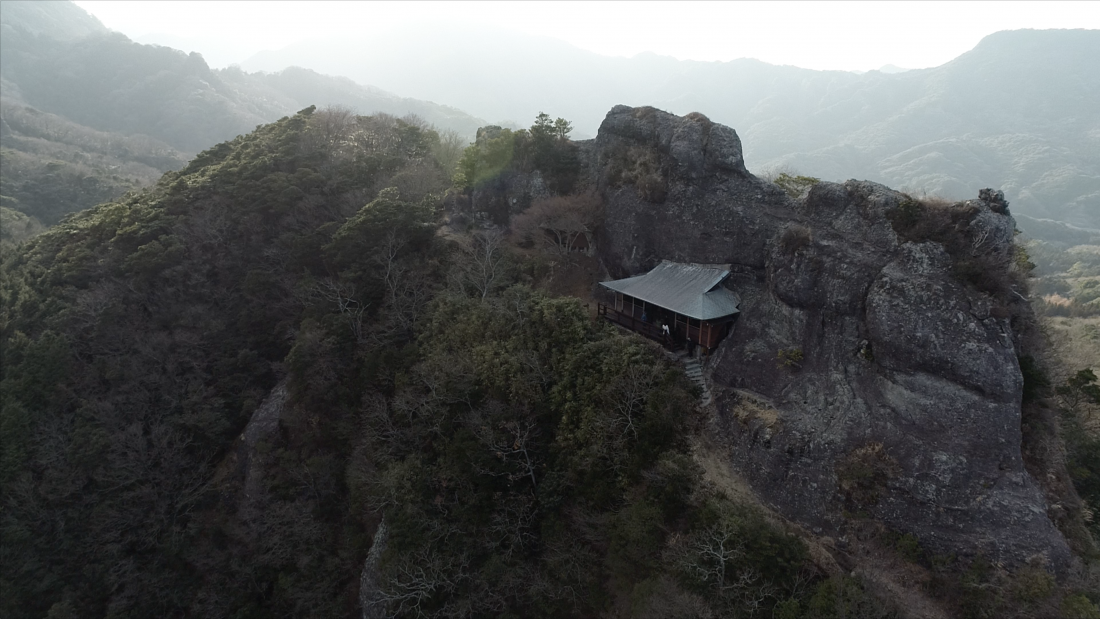
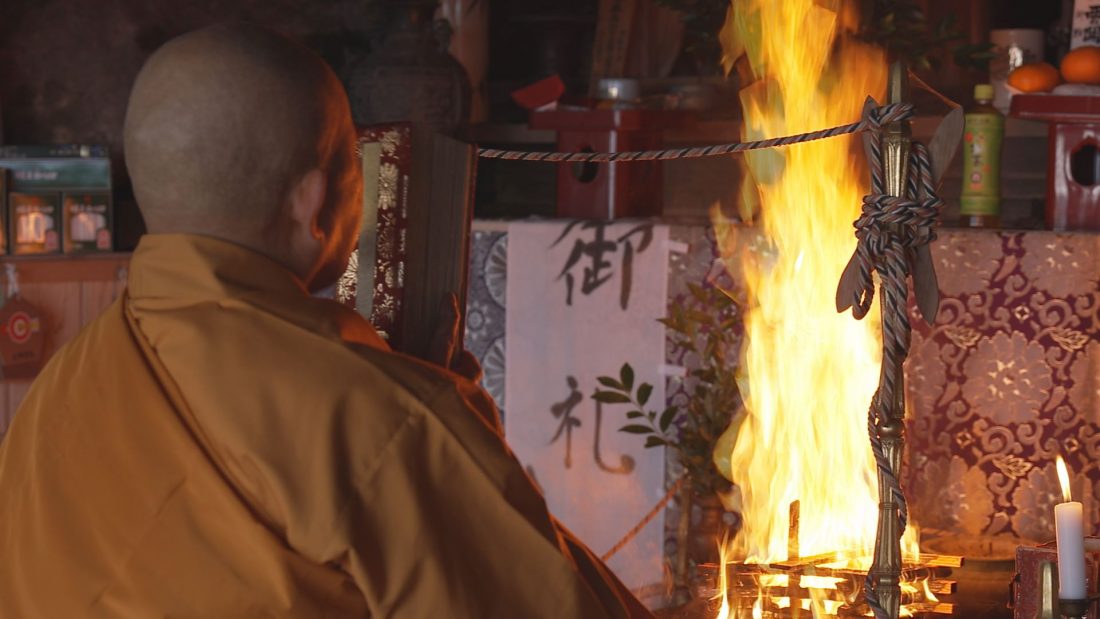
Sobo, Katamuki and Okue Biosphere Reserve
Straddling both Miyazaki and Oita prefectures, the mountain ranges of Sobo, Katamuki and Okue boast an envious combination of complex topography and geology, spectacular sweeping scenes, rugged rocky cliffs and peaks and valleys just begging to be explored. Sobo, Katamuki, and Okue act almost like a naturally formed bridge between the prefectures of Miyazaki and Oita and are an imposing family of peaks that are some of the most well-known mountains on the island of Kyushu. Largely untouched by international tourism, the area’s pristine landscape is a fertile ground for rare plants and animals, and surprisingly a rich sake brewing scene.
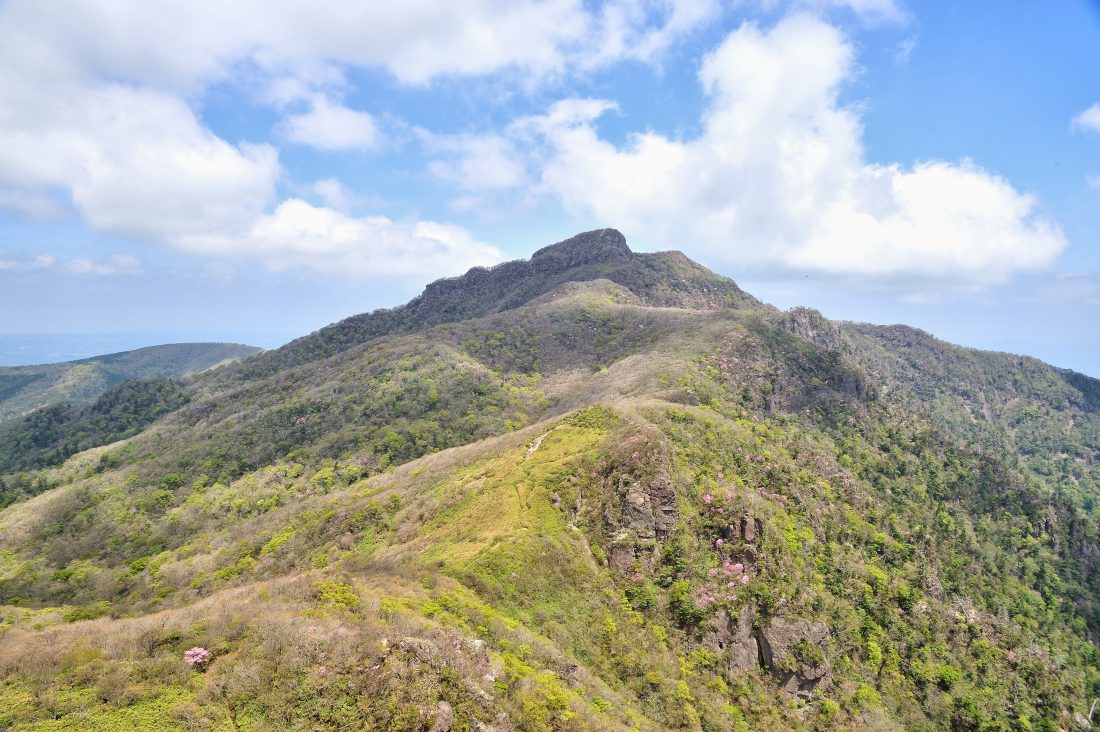
In 2017, the area was designated a biosphere reserve, also called a UNESCO Eco Park. The area is home to education and training programs designed to present the rich nature of the park while equipping the next generation with the skills needed to ensure the future of this simply stunning region.
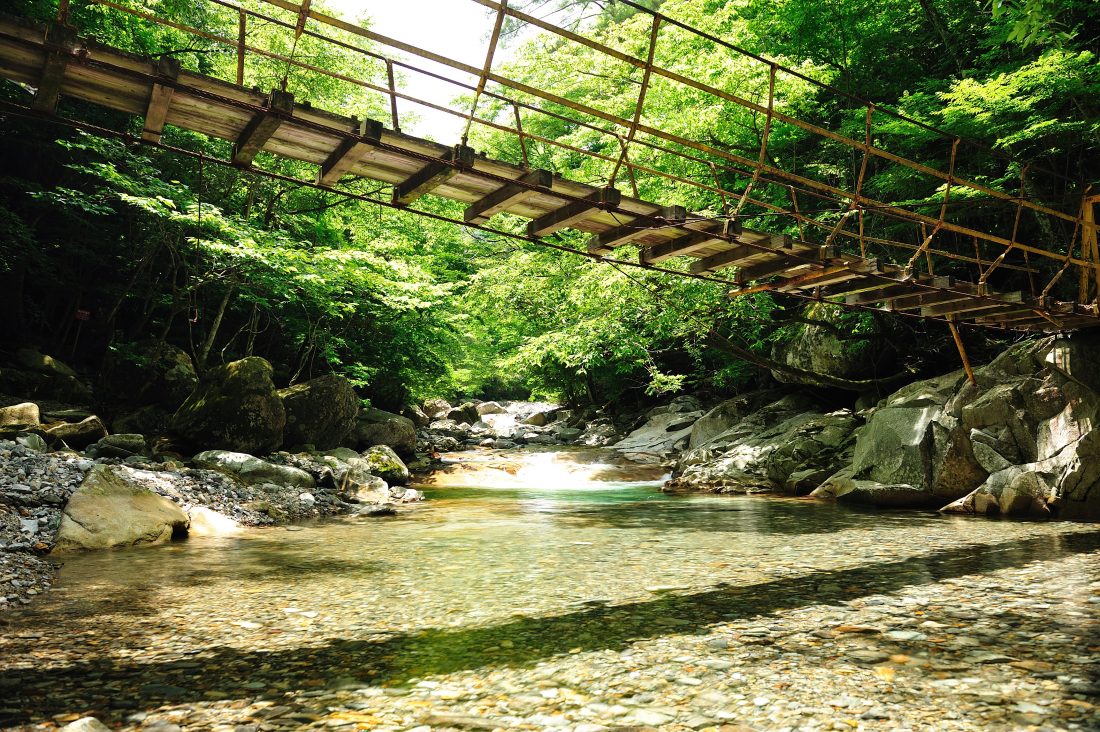
One of the more unique inhabitants you’ll find here is the Japanese serow, an endemic Japanese species which the government has designated a special natural monument. For flower fans, the ‘kirengeshoma,’ a yellow trumpet-shaped flower, also survives – meticulously cared for – in the reserve.
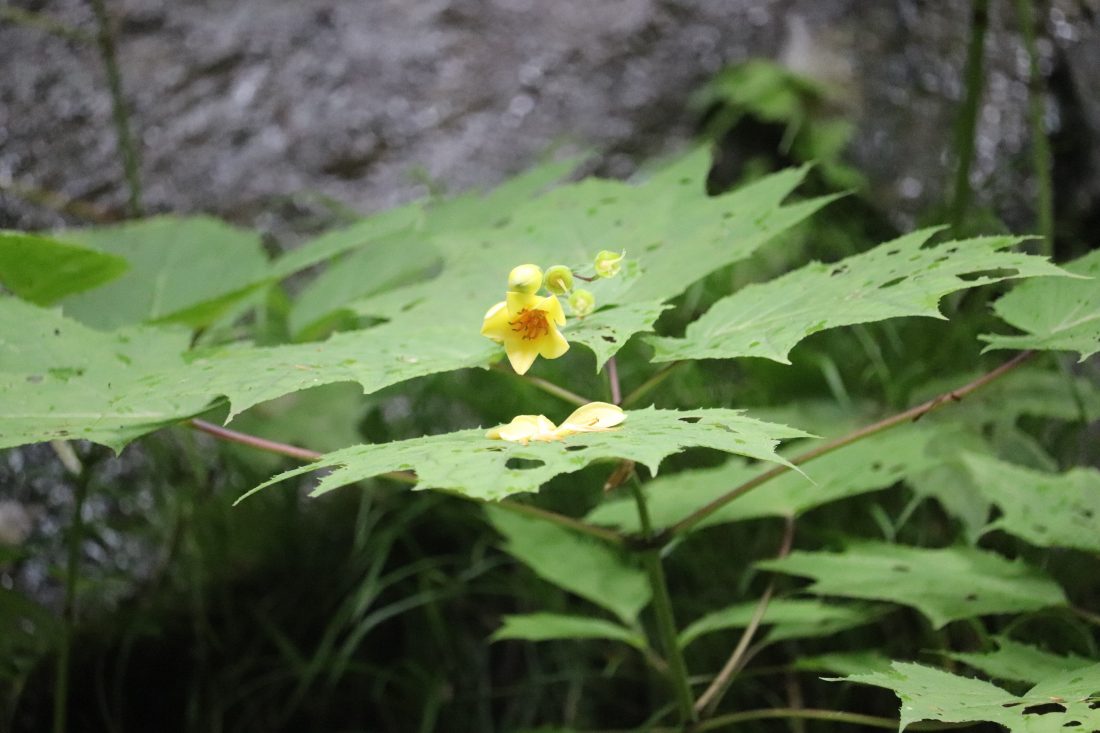
To get a ‘taste’ of the gifts of the region, be sure to add a visit to Shochu Brewery Mureduru to your itinerary. This barley shochu brewery, situated in the quaint city of Bungoono in Oita Prefecture, is an award-winning establishment, with the brewery’s barley shochu blend taking out second place (the platinum award) at the French “Kura Master” competition in July 2021. Currently, the brewery exports its shochu to France and China, with ambitions to expand its sales channels to other countries in the future, so get in before it blows up.
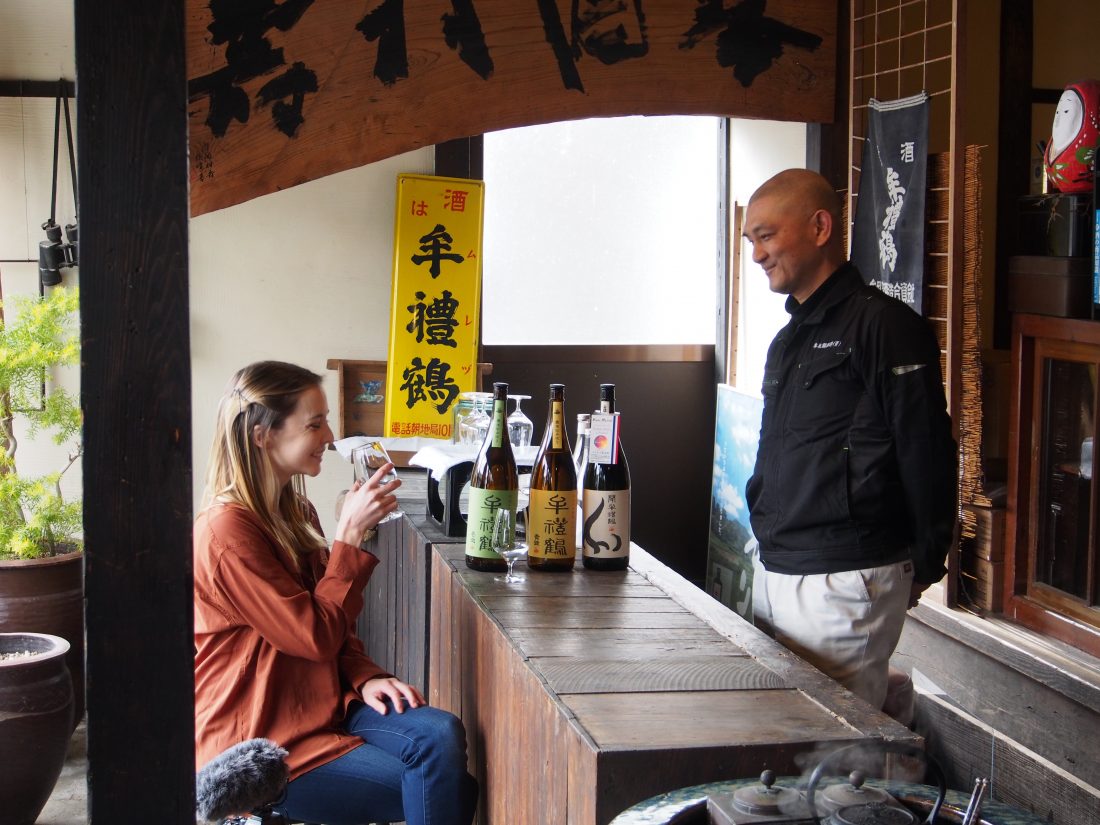
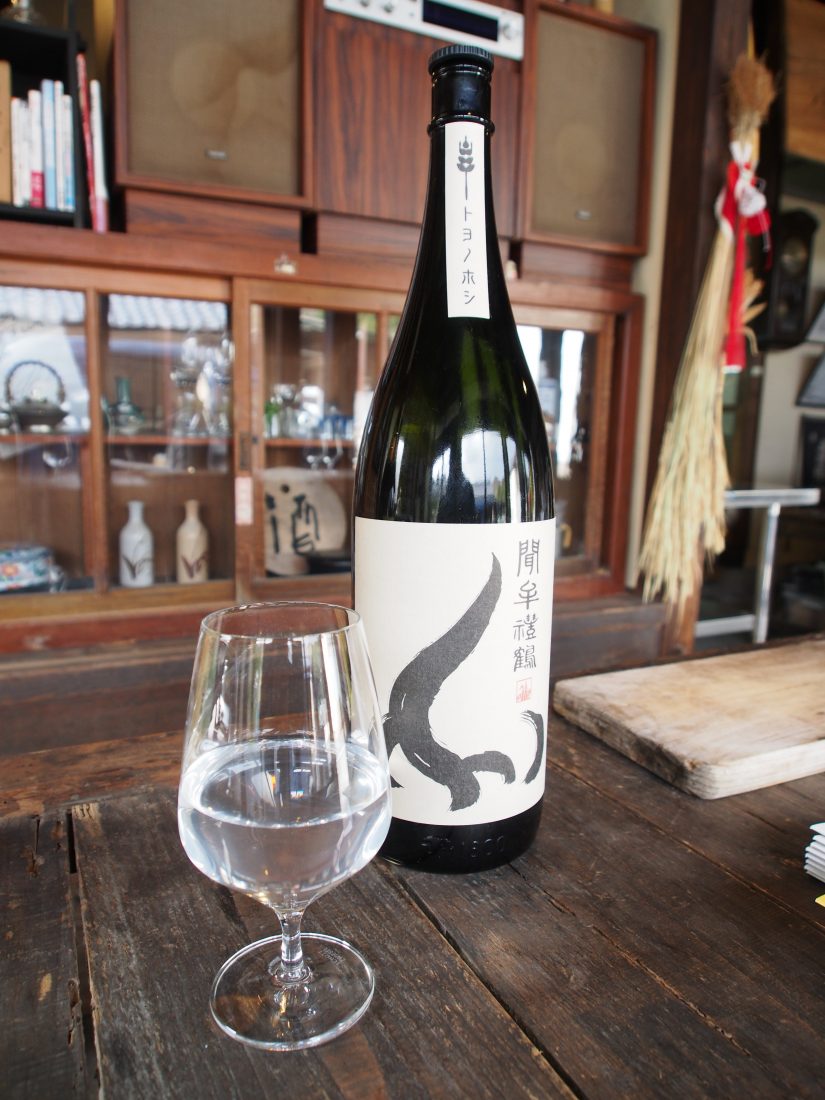
Want to see and learn more, or want to get inspired for your next adventure in Japan? Japan-based YouTuber ‘Currently Hannah’ embarked on a journey to discover these three national parks; you can watch her adventures on 7plus or YouTube .
7plus: Going Solo in Japan: Wonders of Kyushu
https://7plus.com.au/going-solo-in-japan-wonders-of-kyushu
YouTube: Going Solo in Japan – The Wonders of Kyushu – Season 2
And you can visit Currently Hannah’s YouTube channel at

